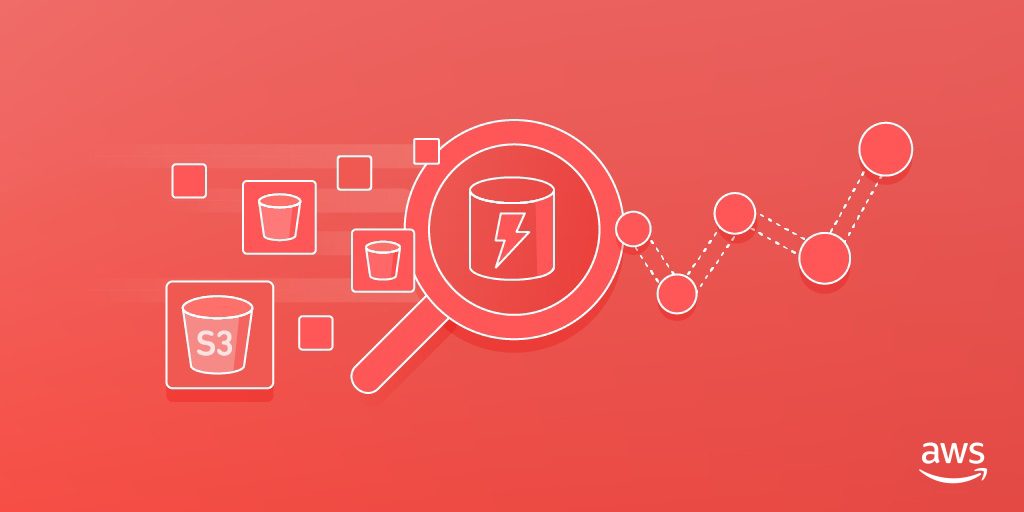AWS for SAP
Tag: SAP on AWS
Reducing downtime with Oracle XTTS method for cross-platform SAP migrations
In this blog, we provide high-level steps on how to reduce downtime for cross platform SAP migrations by using Oracle XTTS method with Incremental Merge. Using the approach described, we were able to migrate our customer’s critical 16TB SAP workload from AIX/Oracle on-premises to OEL/Oracle on AWS within a 24 hour cutover window.
Lower costs, improve reliability and availability, and increase performance for SAP workloads
SAP on AWS customers can now enjoy better performance and faster workflows with higher storage and network bandwidths for EC2 High Memory instances certified by SAP; significant cost savings for EC2 Standard Reserved Instances or EC2 Instance Saving Plans; and a 99.99% Amazon Elastic File System availability guarantee. We’ve also certified Amazon EC2 C5a instances for SAP, which offer the lowest cost per x86 vCPU in the Amazon EC2 portfolio and launched AWS Backint Agent for SAP HANA to backup business-critical SAP HANA database to Amazon S3.
Driving new levels of agility for your SAP workloads: an example with SAP Commerce
AWS gives you the ability to evolve and customize your SAP architecture to your actual needs as they change over time. In this post we build an SAP Commerce system using AWS CloudFormation, change the database to Amazon Aurora Serverless and reduce cost and increase uptime by using Amazon EC2 Hibernation.
SAP monitoring: A serverless approach using Amazon CloudWatch
This blog post shows you a way to monitor SAP ABAP-based systems with Amazon CloudWatch. It also provides an out-of-the box solution with a baseline of SAP application metrics that can be deployed through the AWS Serverless Application Repository and AWS CloudFormation.
How to integrate Amazon WorkSpaces with SAP Single Sign-On
SAP Single Sign-On allows users to have secure access to SAP and non-SAP systems using centralized authentication whether the systems are on-premises or in the cloud. SAP Single Sign-On provides the simplicity to manage users’ authentication, secure data communication, and integrate with two-factor and risk-based authentication. This includes possession of mobile phone and RSA SecurID […]
How to use snapshots for SAP HANA database to create an automated recovery procedure
In this blog post, we describe a cloud native approach to demonstrate the power and capabilities of AWS. There are still good reasons for HANA System Replication (HSR) or third-party cluster software to build productive systems in cloud environments. However, we focus on an alternative approach by using cloud native features, such as Amazon EC2 Auto Scaling and Amazon Elastic Block Store (EBS) Snapshots. With these features we build an infrastructure with native backup/restore functionality, automated processes, and the focus of low costs, for non-critical SAP applications.
Ensuring reliability and availability of your SAP applications
In a recent survey, 47% of respondents said that running SAP applications on the cloud was an important part of their IT strategy. Your business may be considering a cloud migration for your SAP workloads but you have questions around security, reliability and availability, compliance and governance, cost, and strategy.
Tagging recommendations for SAP on AWS
In this post, we outline the benefits of tagging and provide recommendations for customers and partners deploying SAP workloads on AWS. Recommended tags are based on practices we’ve seen across a number of our engagements. Customers can directly use all of these tags or modify them to fit their own needs.
Why PFC Brakes and Change Healthcare migrated SAP systems to AWS Cloud
The deadline to move to SAP S/4HANA was recently extended to 2027. Many companies are in the early stages of evaluating how and when to make this upgrade. For many organizations, the decision to adopt the cloud for their enterprise deployments is in the rear view mirror. Thus, migrating SAP to the cloud first, and then pursuing the upgrade to S/4HANA later, may be the best course of action for your company.
Using AWS to enable SAP Application Auto Scaling
With AWS Auto Scaling, you only pay for what you require, helping to reduce operational cost and providing higher service level objectives. Gone are the days of calculating how many application servers you require to over-provision to stay above the SAPS calculated for your new project or the upcoming marketing campaign over the weekend.









